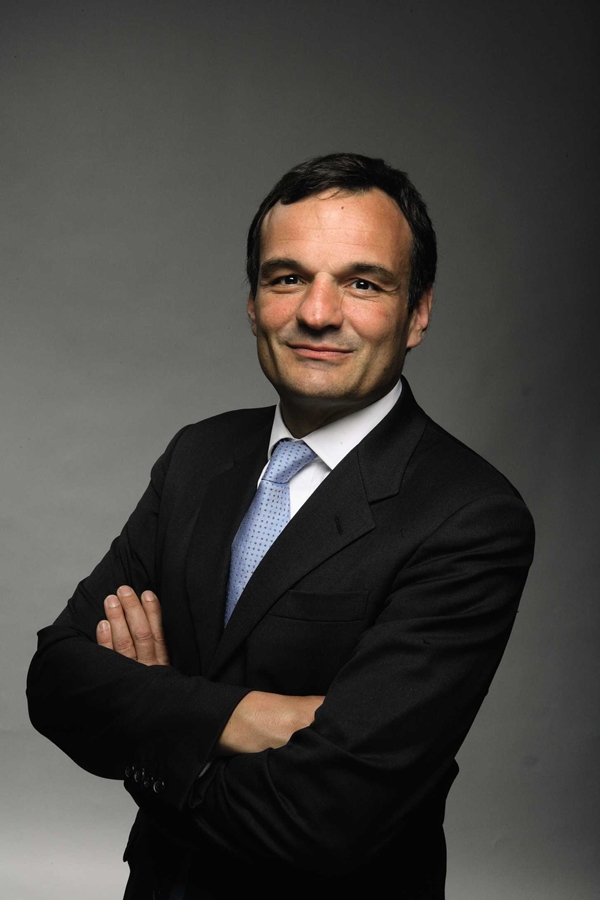
Photo: Courtesy Sotheby's.
As recently as 2006, Sotheby’s management was pooh-poohing the idea of selling fine art and other pricey collectibles online. Executives were still smarting from their failed collaborations with eBay Inc. and Amazon.com, which generated about $150 million in cumulative losses from 1999 to 2002 and few sales. “I have got these little scars all over my body,’’ William Ruprecht, the New York auctioneer’s chief executive and president, said in an August 2006 conference call when asked about Sotheby’s Internet plans. “This is about number 19 on any list’’ of how to increase sales, he said. “With all due respect to anybody who wants to pursue that strategy, I’ve been there and I’ve done that.’’
Eight years later, Sotheby’s is trying again. By re-teaming with eBay, the company is courting the 128 million active users of the San Jose, California, company, who’ve bid on or bought something on eBay in the past year. “A minimal penetration of that would have a huge impact,’’ said Bruno Vinciguerra, Sotheby’s chief operating officer, in an interview. “It’s a totally different market between 2006 and today.’’
Josh Baer, a New York art adviser who consults for eBay, said over 3,500 people a day buy something on eBay for more than $5,000. “People, especially younger people, are comfortable spending more and more money online,’’ he said. As for the failed Sotheby’s-eBay tie-up a decade ago, he maintains that failure breeds humility. “Which is good,’’ he said. “One hopes to learn from errors.’’
Customers of eBay, whose ranks have tripled in the past decade, present both an opportunity and risk for Sotheby’s. Founded in 1744, 48 years before the beginnings of the New York Stock Exchange, Sotheby’s has had nearly three centuries to cultivate an image of refined snobbery. The eBay users have “a significantly different net worth than the typical Sotheby’s client,’’ said Jeff Rabin, a principal with Artvest, which provides investment advice for the art market. “Sotheby’s has built a superlative high-end luxury brand that could be impacted by the partnership.”
Vinciguerra said that while the alliance will create a new “distribution channel,’’ it won’t affect Sotheby’s sourcing and connoisseurship of consignments. Sotheby’s is aiming to expand in tandem its wealthy buyers—“the DNA of the company”—and the mass market. “The alliance with eBay provides the capability of doing both,’’ he said. Should it succeed, it could stem the decline of Sotheby’s auction commission margins. They fell in 2013 for the fourth consecutive year, to $15.90 for every $100 of auction sales from $20.70 in 2009. Commission margins slipped again in the first quarter, to $14.30 for every $100 of sales, from $15 in 2013’s first quarter. The alliance targets sales of $5,000 to $100,00, which sports the auction house’s top commission rate for buyers, 25 percent. That dips to 20 percent for prices above $100,000 and to 12 percent for the portion of prices above $2 million. Vinciguerra declined to disclose how Sotheby’s and eBay will divide commissions. He called it a “typical revenue sharing agreement based on the values that will come through that channel.’’
Sotheby’s online activity today is unclear. While it boasts that the number of lots purchased on the Internet increased by more than a third in the past season, it hasn’t disclosed dollar amounts. In that August 2006 conference call, the chief financial officer at the time, William Sheridan, conceded that despite Sotheby’s offering the ability to place Internet bids for a few years, “it hasn’t had a lot of pickup from our customers.’’
Josh Baer said he expects modest gains at first from the alliance. “But if it works, there’s no way it can be matched by anyone in the field,’’ he said. Sotheby’s market share against Christie’s could use a lift. It’s averaged 48 percent (vs. Christie’s 52 percent) since 2007, according to filings. Christie’s, for its part, said in May that it’s investing another $20 million toward its online strategy.